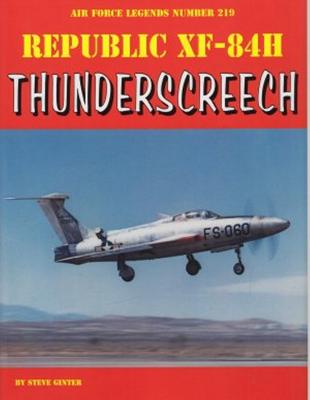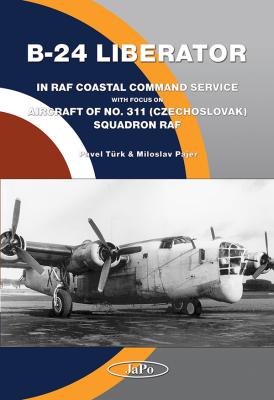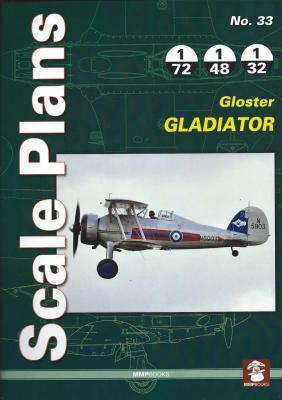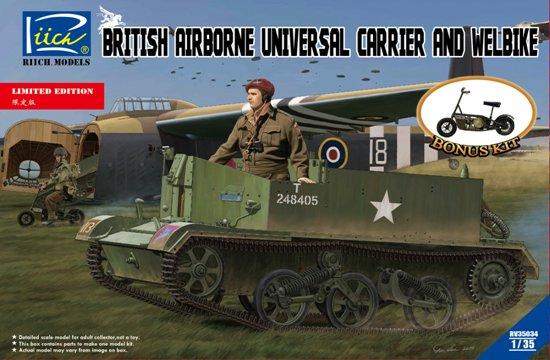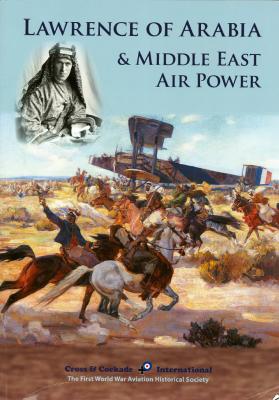Ginter Books has been producing books geared towards modelers for many years now, starting with various naval aircraft and later branching into Air Force aircraft (hence the Air Force Legends subtitle). There is always a short history on the development of the aircraft in mention followed by test and photos that highlight various aircraft systems that would be of interest to the modeler, ending with a short review of the plastic or resin kits of said aircraft.
Welcome to the IPMS/USA Reviews site!
Introduction: The primary organization of the IPMS/USA Review website is by IPMS/USA National Contest Class. Within each Class there are sub-menus by kits, decals, books, etc. The Miscellaneous Class is for items that are not class specific or that cross two or more classes.
IPMS/USA Members: We encourage you to submit reviews, both here and to the Journal. To volunteer for membership in the IPMS/USA "Reviewers Corps" and submit your own reviews, please read the Guidelines For Submitting Product Reviews.
Manufacturers, publishers, and other industry members: IPMS/USA is pleased to offer your company the opportunity for product reviews. All product reviews are performed by IPMS/USA members, and are posted in the publicly-accessible section of our website. With very few exceptions, we perform full build reviews of new kit releases, aftermarket products, and supplies. If you would care to provide product samples for review, please contact John Noack, IPMS/USA 1st VP.
To learn more about IPMS/USA, please see our About Us page.
This book arrived and I must say that I was impressed from the outset. The quality of the book and the material contained inside is typical JaPo. The title sounds like it is just about the Czechoslovak unit, No.311 Squadron, but this book is about a whole lot more than that.
The B-24 was the most produced American airplane in WWII. Its use by Coastal Command is better known in England but not so well known in the US. The use of the Liberator as a precision bomber in the US has overshadowed the vitally important mission of U-Boat patrol. This book fills that void.
JaPo is well known for packing their books with a plethora of information. This one is no different. There are 320 pages of text, photos and color profiles. There are 550 photos with a number of them in color. The 70 color profiles are really impressive and show the differences in turrets, radar, antennas and anti-shipping ordinance.
Mushroom Model Publications provided this book for review and we thank them for that.
The Gloster Gladiator holds the distinction of being a “first” and a “last”. It was the first RAF front line fighter with an enclosed cockpit and the RAF’s last biplane fighter. Flown for the first time in September 1934, just eight months before the Germans first flew the Bf109, it entered service with the RAF in February 1937, the same month the Bf109 entered service for Germany. The Gladiator did not last long in the air over Europe and England. However, it did see action around the world in the service of many countries during World War II.
This is a new version of many Riich Universal Carrier’s and is the Airborne Version. The Universal carrier was changed to reduce its weight to enable it to be carrier in the Hamilcar Glider. This included removal and reduction of the armor plate and removal of all unnecessary equipment.
I had built the Tamiya Universal carrier many moons ago and I thought that was a great version but this excels in every area and now I must go and buy the other version of the Universal carrier released by rich.
The kit contains
- 7 sprues molded in light grey styrene
- 1 clear sprue
- 3 Photo Etch sheets
- 32 springs
- 1 decal sheet
- 1 instruction booklet.
Construction
The kit is includes a lot of unrequired parts as these are for the standard Universal carrier.
This book is a compilation of research by members of Cross & Cockade International. Although some of the information has been seen as individual articles in earlier editions of the Cross & Cockade journal, nearly fifty percent of the information presented is new. The front cover features a painting by Stuart Reid “The Arab Welcome the First Handley Page Machine to Arrive in Palestine, 22 September 1918”, featuring Handley Page O/400 C9681 landing at Un el Surab from the collection of the Imperial War Museum. The rear cover features a standing T.E. Lawrence in full regalia.











